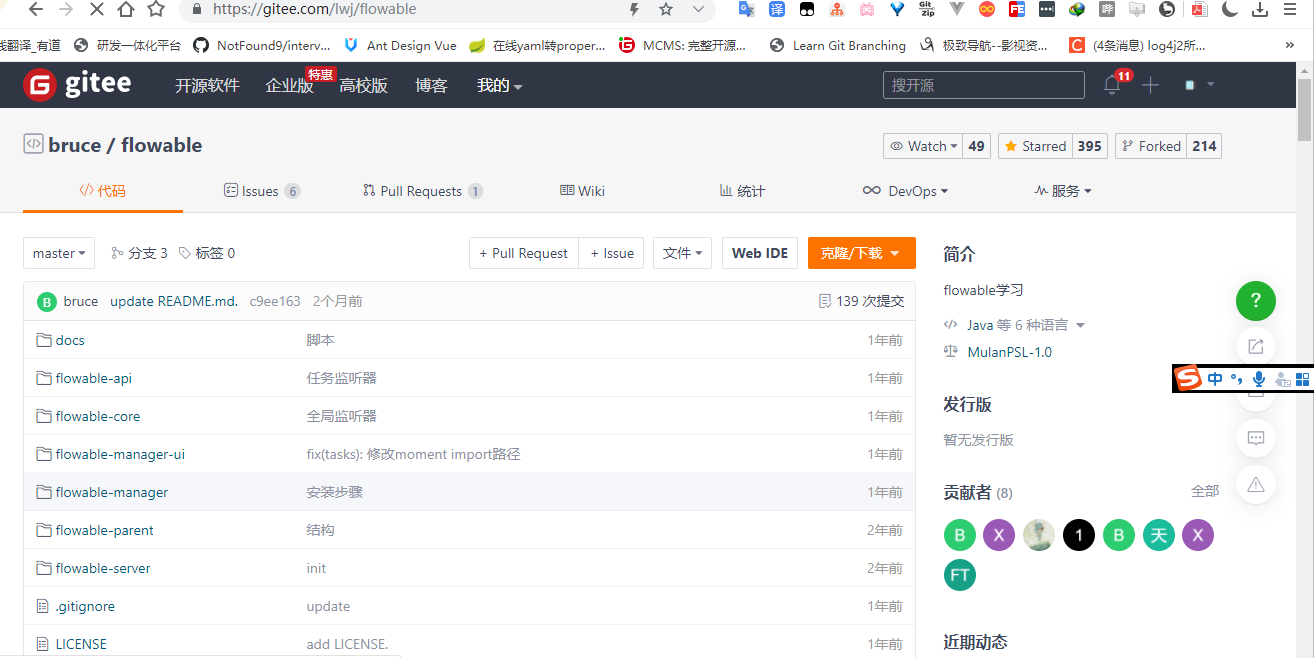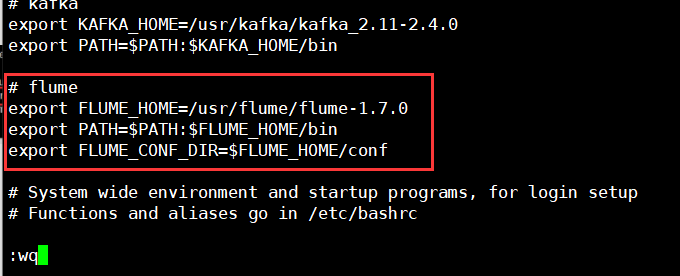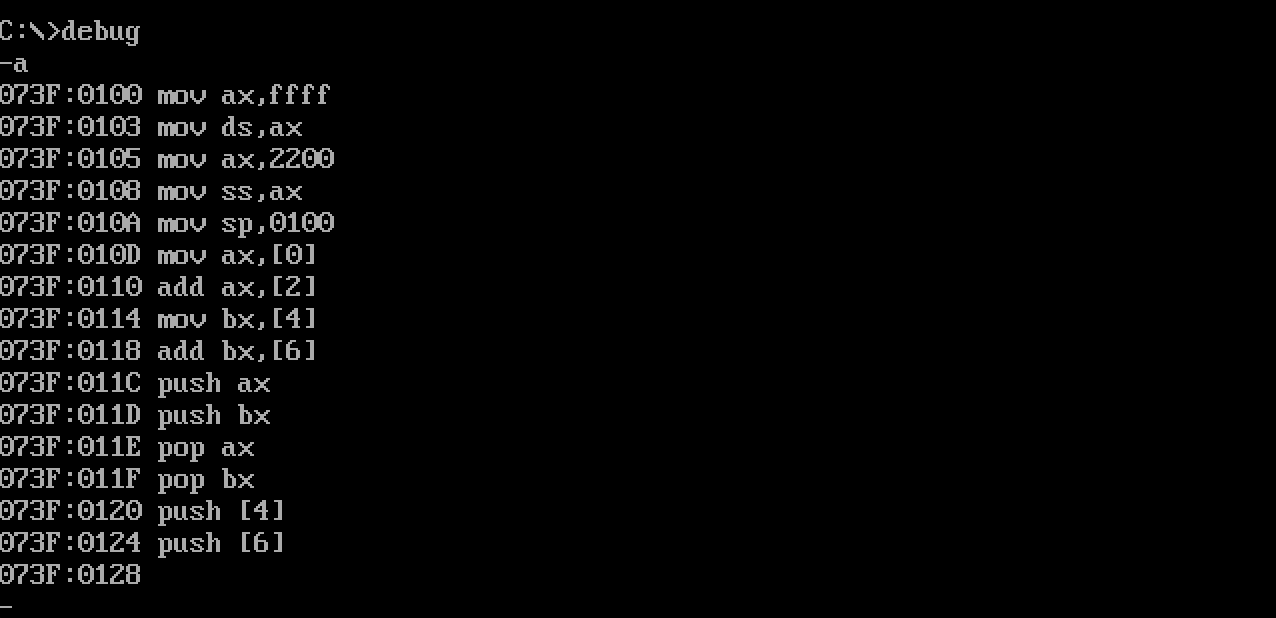【go写数据结构】 线性表-双向循环链表
git地址:https://gitee.com/HappyTeemo/go\_for\_algorithm
package my_listimport ("fmt""math")//双向循环链表type DLinkList struct {Head *DNodeLength int}type DNode struct {Data ElemTypeNext *DNode //直接后继指针Prior *DNode //直接前驱指针}//初始化列表func (l *DLinkList) InitList() {l.Head = new(DNode)l.Head.Next = l.Head //指向自己l.Head.Prior = l.Head //指向自己l.Length = 0}//清空列表(不会清除头结点)func (l *DLinkList) ClearList() {l.Head.Next = l.Head //指向自己l.Head.Prior = l.Head //指向自己l.Length = 0}//判断是否为空func (l *DLinkList) ListEmpty() bool {if l.Length == 0 {return true}return false}//获取长度func (l *DLinkList) ListLength() int {return l.Length}//查 index可以正 可以负 负表示往前找func (l *DLinkList) GetElem(index int, e *ElemType) bool {if l.Length == 0 {fmt.Println("获取失败,队列为空")return false}i := int(math.Abs(float64(index)))if index > MAXSIZE {index = index + 1 //跳过头结点} else if index < 0 {index = index - 1 //跳过头结点}j := 1q := l.Headif index > 0 {q = q.Next} else {q = q.Prior}for q != nil && j < i {if index > 0 {q = q.Next} else {q = q.Prior}j++}*e = q.Datareturn true}//按照元素进行查找,获取索引func (l *DLinkList) LocateElem(value ElemType) int {if l.Length == 0 {fmt.Println("获取失败,队列为空")return 0}j := 0q := l.Head.Nextfor q != nil {j++if q.Data == value {break}q = q.Next}if j >= MAXSIZE {return 0}return j}//按照索引进行插入数据 可以双向插入func (l *DLinkList) ListInsert(index int, value ElemType) bool {if l.Length == MAXSIZE { //满了fmt.Println("插入失败,队列已满")return false}//if index < 1 || index > l.Length+1 {// fmt.Println("插入失败,位置错误")// return false//}i := int(math.Abs(float64(index)))if index > MAXSIZE {index = index + 1 //跳过头结点} else if index < 0 {index = index - 1 //跳过头结点}j := 1cur := l.Headif index > 0 {cur = cur.Next} else {cur = cur.Prior}for cur != nil && j < i {if index > 0 {cur = cur.Next} else {cur = cur.Prior}j++}//新建节点,加入链表n := new(DNode)if index > 0 {n.Next = curn.Prior = cur.Priorcur.Prior.Next = ncur.Prior = n} else {n.Next = cur.Nextn.Prior = curcur.Next.Prior = ncur.Next = n}n.Data = valuel.Length++return true}//删func (l *DLinkList) ListDelete(index int, e *ElemType) bool {if l.Length == 0 {fmt.Println("获取失败,队列为空")return false}if index < 1 || index > l.Length {fmt.Println("获取失败,位置错误")return false}j := 1front := l.Head//找到索引的直接前驱for front.Next != nil && j < index {front = front.Nextj++}if front.Next == nil || j > index {return false}//开始删除tmp := front.Next //记录要删除的*e = tmp.Data //返回删除节点的数据front.Next = tmp.Next //前驱节点直接指向后继节点,就跳过了要删除的节点tmp.Next.Prior = front.Prior//free(tmp)l.Length--return true}//输出func (l *DLinkList) Echo() {//遍历的写法curItem := l.Head.Nextfor i := 0; i < l.Length; i++ {fmt.Print(curItem.Data, " ")curItem = curItem.Next}fmt.Println()}func (l *DLinkList) Test() {fmt.Println("测试开始")my_list := new(DLinkList)my_list.InitList()for i := 1; i <= 10; i++ {my_list.ListInsert(i, ElemType(i*i+1))my_list.Echo()}fmt.Println("第5个这里插入256")my_list.ListInsert(5, 256)my_list.Echo()fmt.Println("第-5个这里插入256")my_list.ListInsert(-5, 256)my_list.Echo()my_list.ListInsert(199, 99)var e ElemTypemy_list.GetElem(my_list.ListLength()+1, &e)fmt.Println("最后一个的下一个:", e)my_list.ListDelete(1, &e)fmt.Println("删除头元素:", e)my_list.Echo()my_list.ListDelete(my_list.ListLength(), &e)fmt.Println("删除尾元素:", e)my_list.Echo()my_list.GetElem(6, &e)fmt.Println("获取第6个:", e)//fmt.Println("最后一个的下一个:", e.Next)fmt.Println("256的位置:", my_list.LocateElem(256))fmt.Println("长度:", my_list.ListLength())fmt.Println("开始清空")my_list.ClearList()if my_list.ListEmpty() {fmt.Println("已清空")my_list.Echo()}fmt.Println("测试完成")}



































还没有评论,来说两句吧...